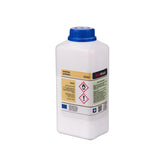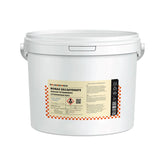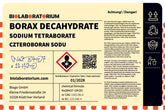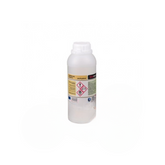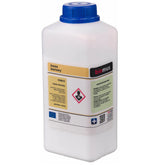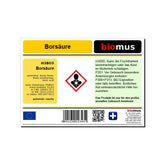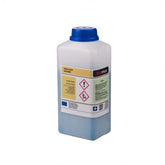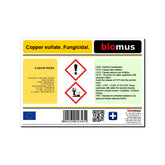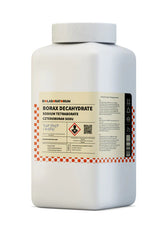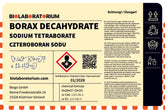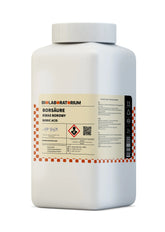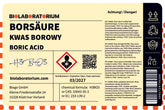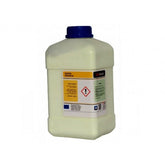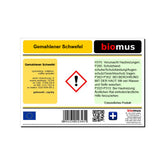Paraformaldehyde – Properties, Industrial Applications, and Safety
Paraformaldehyde, also known as polyoxymethylene (POM) or technical formaldehyde, is an important chemical substance with diverse applications in industry. In this blog post, we will take a closer look at the properties, uses, and safety aspects of paraformaldehyde.
What is Paraformaldehyde?
Paraformaldehyde is a white, crystalline powder or granulate consisting of formaldehyde monomers. It is a polymer formed through the polymerization of formaldehyde molecules. Paraformaldehyde is a thermoplastic material that melts when heated and solidifies again upon cooling.
Chemical Composition and Structure
The chemical formula of paraformaldehyde is (CH2O)n, where n typically ranges from 8 to 100. The exact chain length depends on the manufacturing process. Paraformaldehyde is a linear polymer in which the formaldehyde molecules are connected to each other via methylene bridges (-CH2-).
Properties of paraformaldehyde
Paraformaldehyde exhibits a number of interesting physical and chemical properties that make it attractive for many industrial applications:
Physical properties
- White, crystalline powder or granules
- Odor of formaldehyde
- Melting point between 120-170°C, depending on chain length
- Soluble in water, alcohol, and other polar solvents
- Insoluble in non-polar solvents such as gasoline or oil
Chemical properties
- Reactive towards nucleophiles such as amines, alcohols, or thiols
- Decomposes when heated releasing formaldehyde
- Susceptible to oxidation, reacts with oxygen
- Susceptible to hydrolysis, reacts with water releasing formaldehyde
Industrial applications of paraformaldehyde
Due to its versatile properties, paraformaldehyde is used in numerous industrial processes:
Plastic manufacturing
Paraformaldehyde serves as a starting material for the production of polyoxymethylene (POM), an engineering plastic with excellent mechanical properties. POM is used in the automotive industry, mechanical engineering, and the electrical industry.
Wood processing
In the wood industry, paraformaldehyde is used as a binder for particleboard, fiberboard, and veneers. It improves the strength and water resistance of wood materials.
Pharmaceutical and cosmetics industry
Paraformaldehyde is used as a disinfectant, preservative, and odor control agent in pharmaceuticals, cosmetics, and personal care products.
Agriculture
In agriculture, paraformaldehyde is used as a fungicide, insecticide, and disinfectant, for example, for seed treatment or stable disinfection.
Further applications
Additionally, paraformaldehyde is used in the textile industry, metal processing, adhesive manufacturing, and in laboratories.
Safety and environmental aspects
Paraformaldehyde must be handled with caution due to its properties. It is toxic if inhaled, swallowed, or upon skin contact and can cause irritation. Therefore, appropriate protective measures are required during handling and storage.
Health risks
- Paraformaldehyde is an irritant to the eyes, skin, and respiratory tract
- Inhalation can lead to breathing difficulties, coughing, and headaches
- If swallowed, it can cause nausea, vomiting, and abdominal pain
- Long-term exposure can be carcinogenic
Environmental aspects
- Paraformaldehyde is hazardous to water and can contaminate water bodies if disposed of improperly
- It is biodegradable, but the degradation products can also be harmful
- During combustion, formaldehyde is produced, which is also toxic
For these reasons, strict safety regulations must be followed during the production, storage, transportation, and disposal of paraformaldehyde. Only in this way can the risk to humans and the environment be minimized.
Conclusion
Paraformaldehyde is a versatile and important chemical substance with numerous industrial applications. Its properties make it a valuable raw material, but also a potentially hazardous substance that must be handled safely. However, with proper protective measures and disposal procedures, paraformaldehyde can be used safely and in an environmentally friendly manner.
